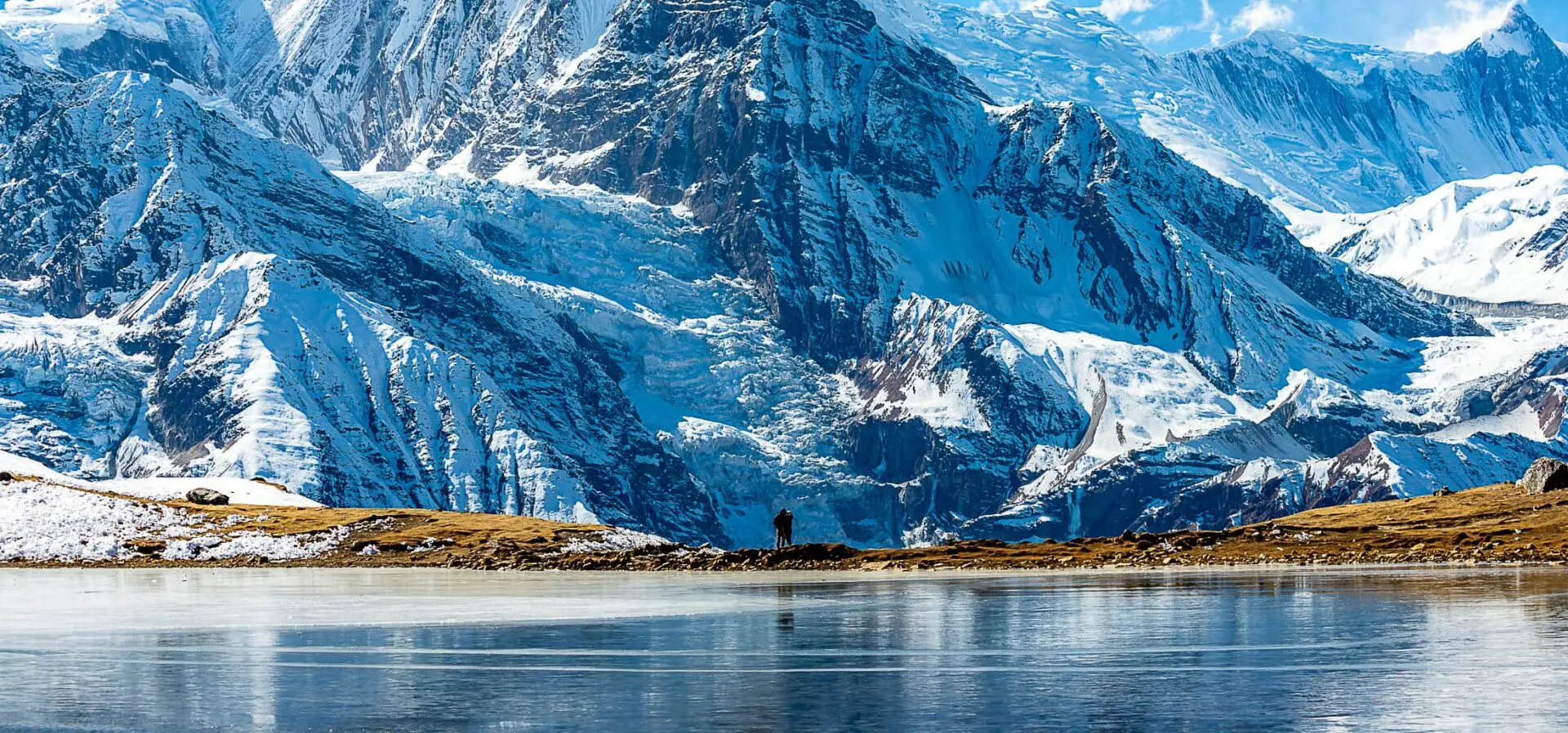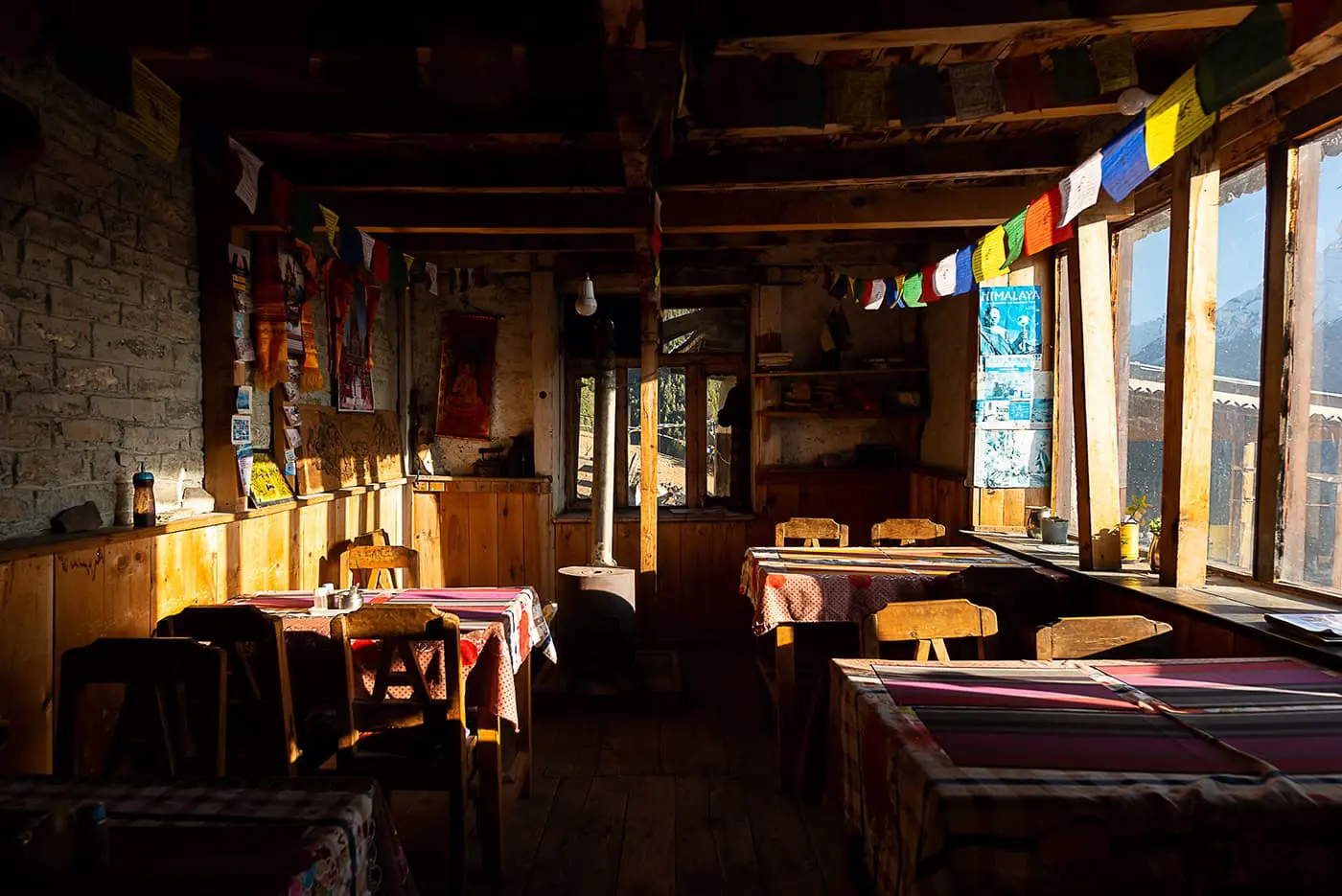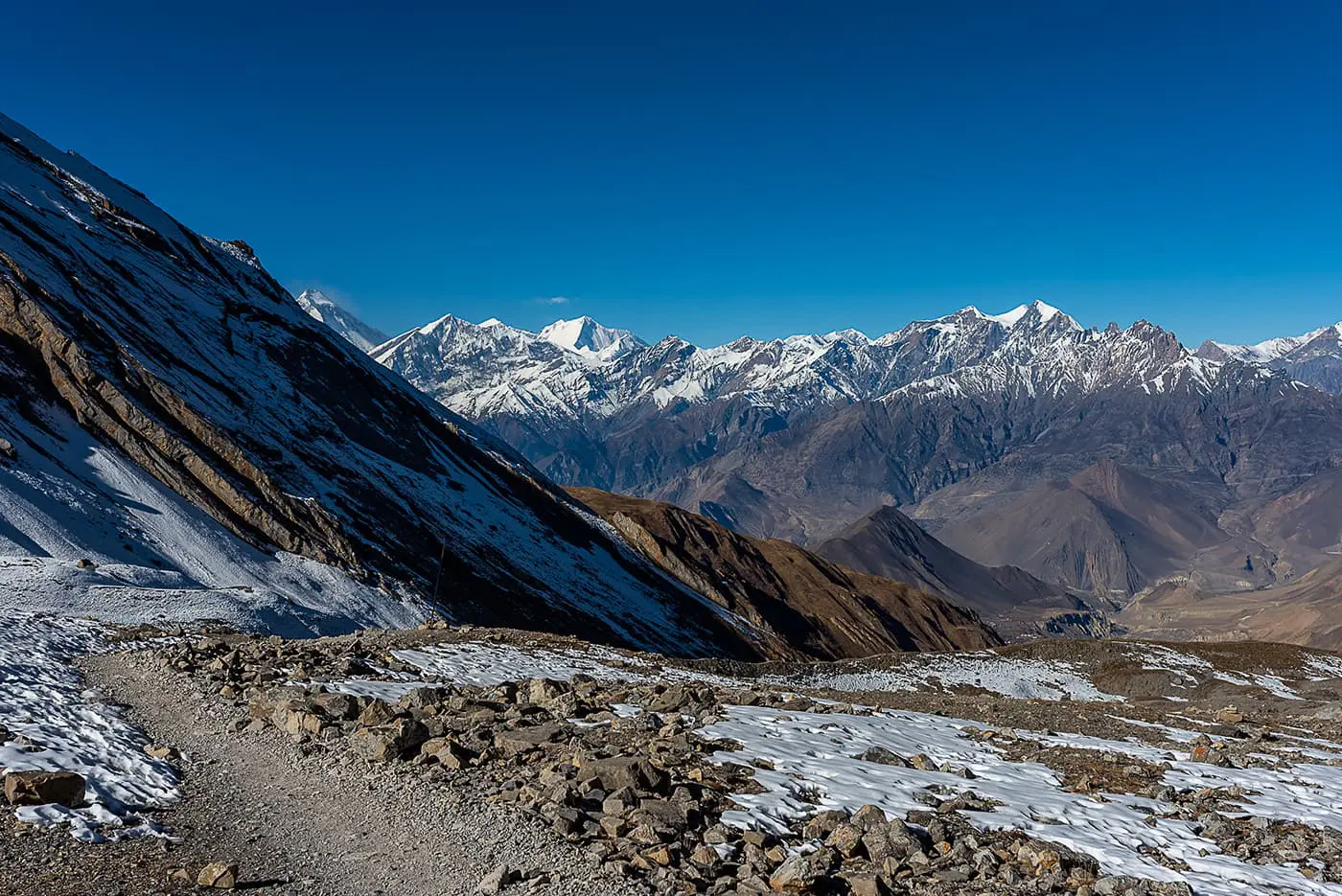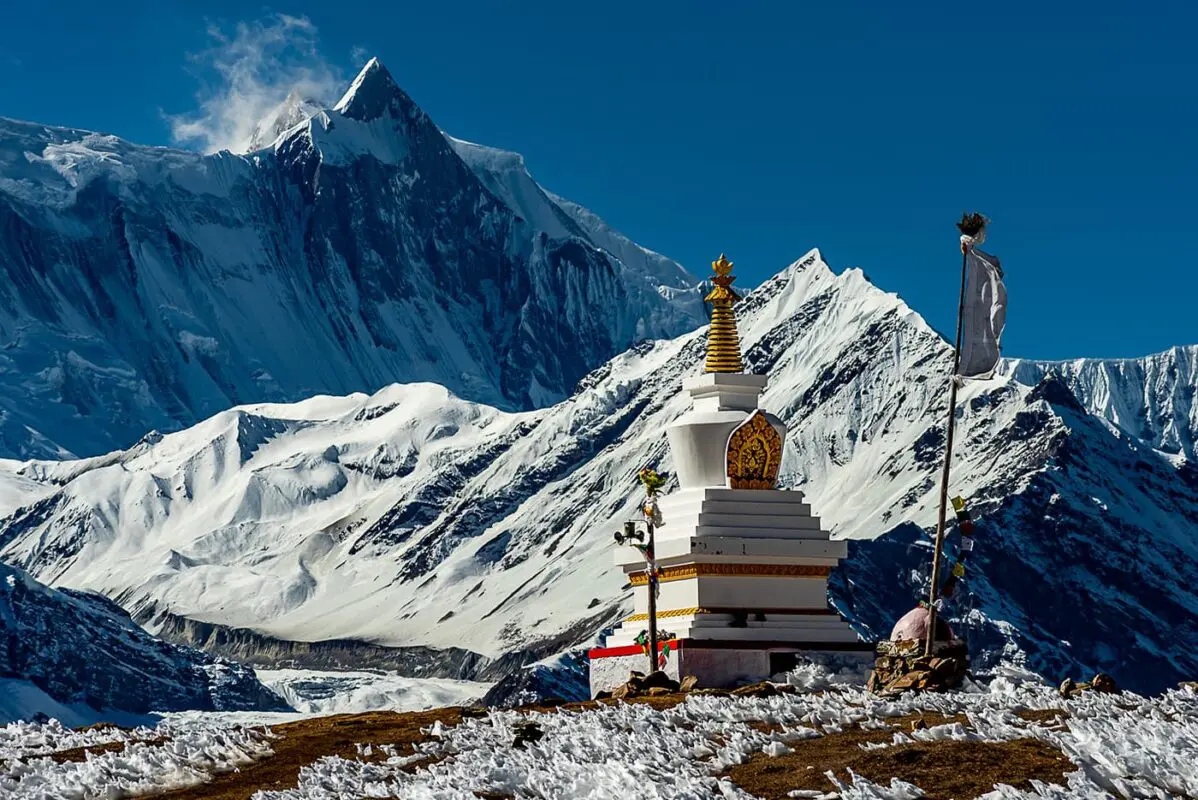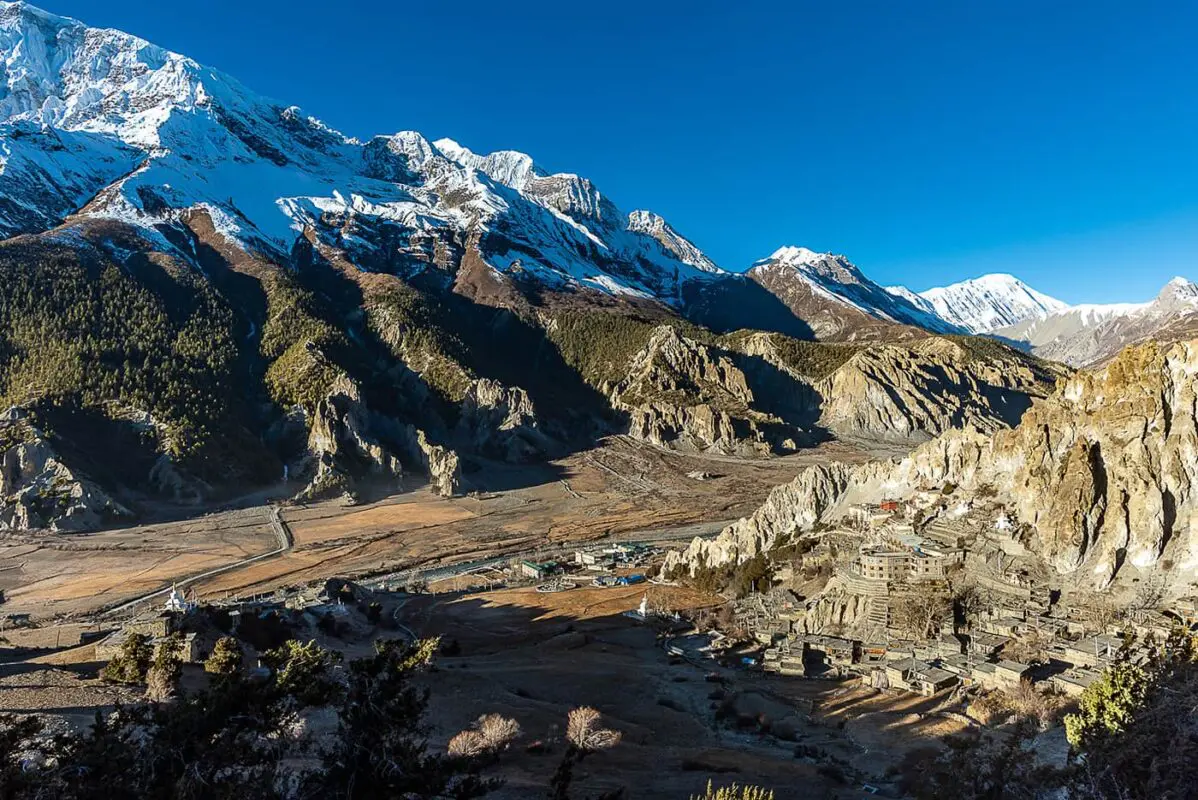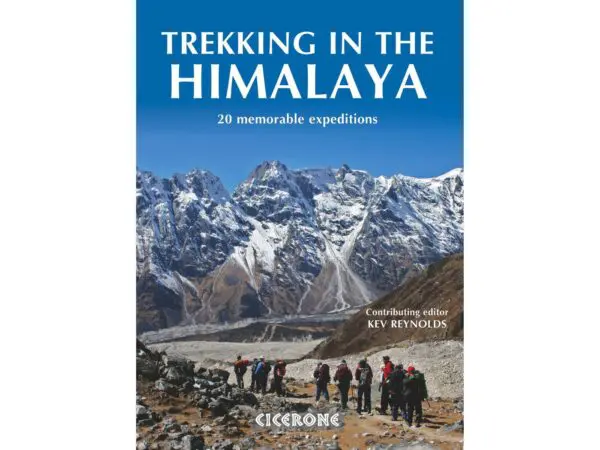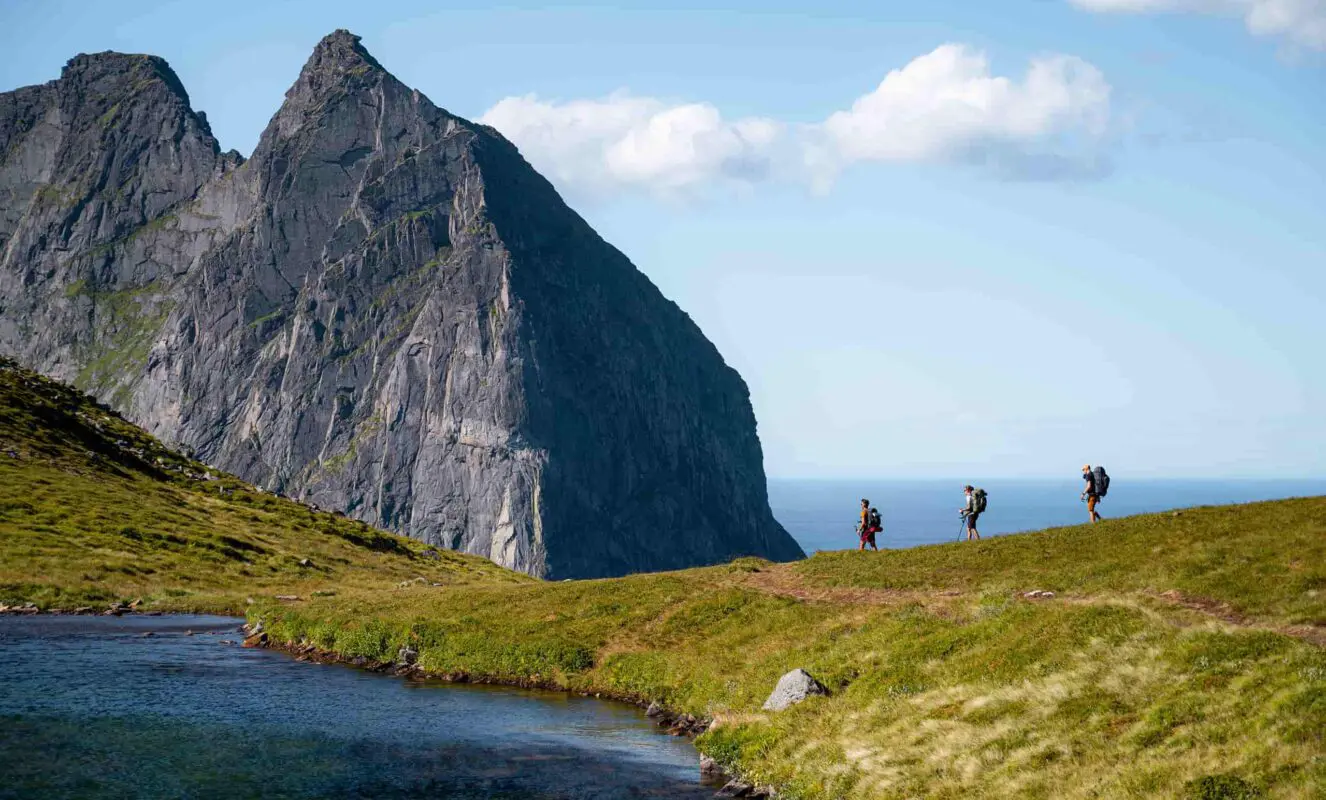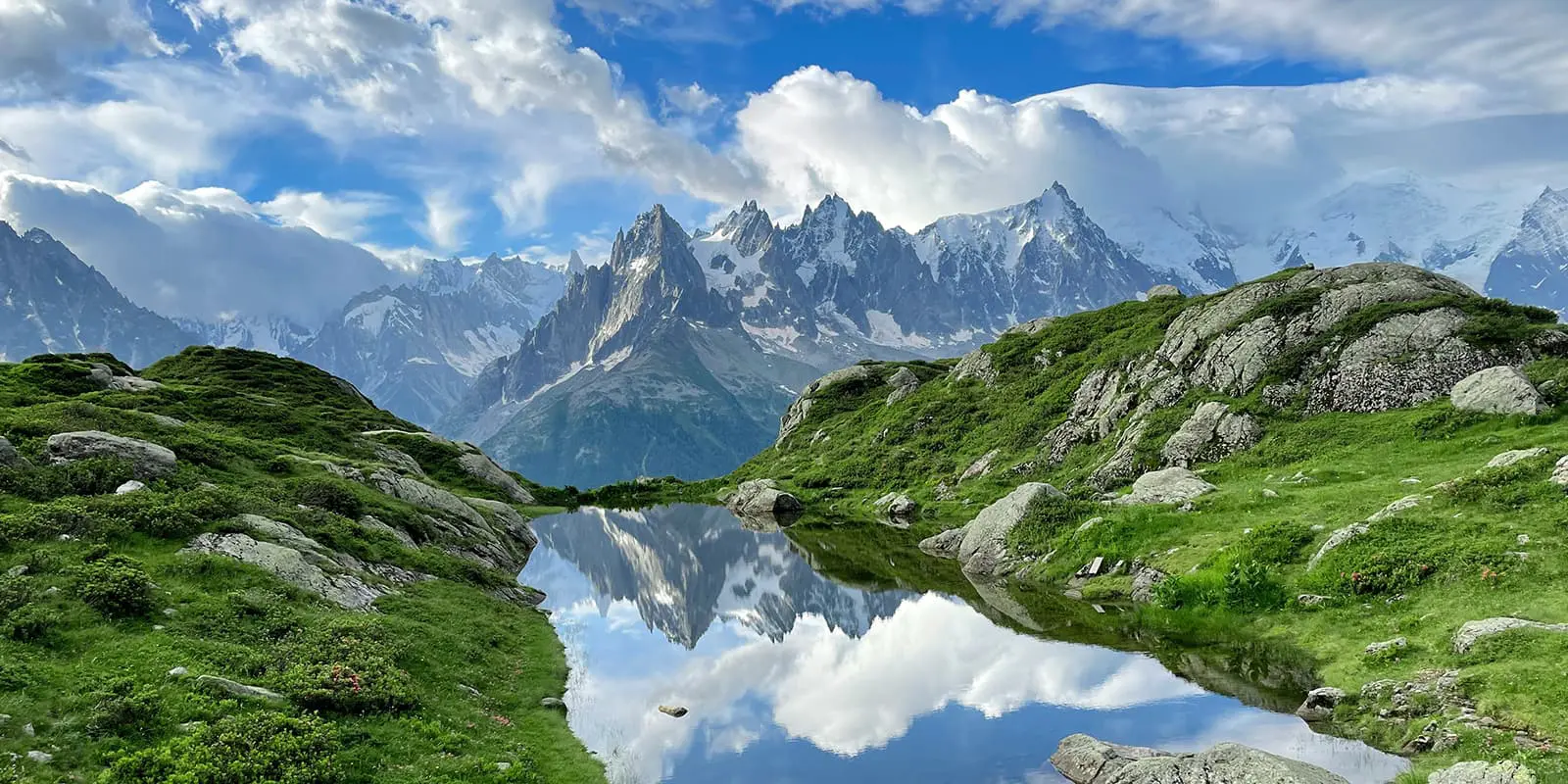The Annapurna circuit was more “difficult” in the past and had a better reputation, and in recent years, people tend to say it has become easier and more accessible, which can attract less experienced hikers as well, for the best and the worst sometimes. Businesses tend to be less family-owned and turn more to profit, and overall now well-established tourism businesses bring a lot of convenience and attractiveness but tend to get rid of this authentic atmosphere and remoteness it was characterized by in the past. A newly built dirt road stretches now until Manang and sometimes covers the old hiking trail sections making it defacto the new Circuit of the Annapurnas or destroying it, but sometimes just crosses the hiking path, and the old trail appears almost as a “shortcut” from the car-centered path.
During my hike on the Annapurna circuit, I could see very little traffic and cars were not as a disturbance as I thought, but it was not the best path for hiking at first, and this can vary from one season to another I imagine. But later on, you can still find hidden gems, proof of older times when this trek was a pioneer in hiking in Nepal a few years back, and reach a proper Himalayan atmosphere, and this region still offers the most beautiful sceneries and landscapes you can easily access to.
You can organize your trip solo (at the time of speaking, please check regulations and if guides are required) or go through a tourist agency in Kathmandu or Pokhara, which will provide you with a package guide (not mandatory at the time of speaking) + porter (optional) + permits + transports. A guide costs roughly 25 USD/day (that is fixed for up to 6-8 persons) and also expects a baksheesh (tip) at the end of the trip.
The starting point of the Annapurna Circuit can be in Besi Sahar, Jagat, or Dharapani, depending on where you ask your jeep or bus to drop you off. Wherever you start, first you will have to follow this dirt road for days until Manang. If you are in a rush or just interested in the higher mountains, you can drive a jeep up to Manang, do your acclimatization day, go through Larke Pass, and catch a bus on the other side, in four days. In the beginning, it’s not avoidable and your feet will be covered in dust for the first few kilometers. Some extra paths or older sections of the trail can cut the road and break the monotony, but sadly until Chame, you will follow this road. Despite this, the road is quite easy and not challenging, a good introduction, and an occasion to get your kicks before more difficult paths. Before Pisang, the scenery starts to get higher and the area slowly reveals itself at each corner you take. The road path becomes more “walkable” as traffic is even lower now, and you really sense now that you are on a higher and wider plateau, and you can quickly forget the dusty road as you are surrounded already by beautiful landscapes. You can sometimes see more developed areas, especially the apple orchard farms, which offer delicious cinnamon apple pies or fresh juices but most of the region is still very rural. Pisang is separated into two parts, Upper and Lower Pisang, both being in the shadow of the Annapurna II summit. Upper Pisang will be warmer, and it’s also the one further away from the dirt road, and it starts to hike on the older paths from now on, especially if you do a small but steep detour to Ghyaru, an incredible Tibetan stone village nested up a 400-meter high cliff above Pisang.
From the cliff you hiked up, you will keep being on a path far away and more elevated than the official jeep road, and the views start to be incredible until Braga or Manang. You can choose either village to base yourself there for the one day and two nights required for your acclimatization. The activities to do during your rest day are numerous, as you can hike up until Kicho Tal Lake (passed the Braga 500-year-old monastery built on the cliff behind the town, a must-see) which reaches 4635 meters high on a day hike, however quite challenging and requires an early (not later than 7 AM) start if you want to make it up and down in a comfortable day and avoid hiking down in the cold past 4 PM. You can also choose a two-day-one-night trip to Tilicho Lake, but it is known to be quite strenuous and can be challenging solo during some seasons, so caution is advised. Some trekkers also choose to hike to a cave/monastery pilgrimage in the region.
Once you have done two nights at this altitude, you should be okay altitude-wise and safe to carry further, however, be aware of Acute Mountain Sickness (AMS) and its symptoms (you can find more info later on, under the “Altitude” section).



